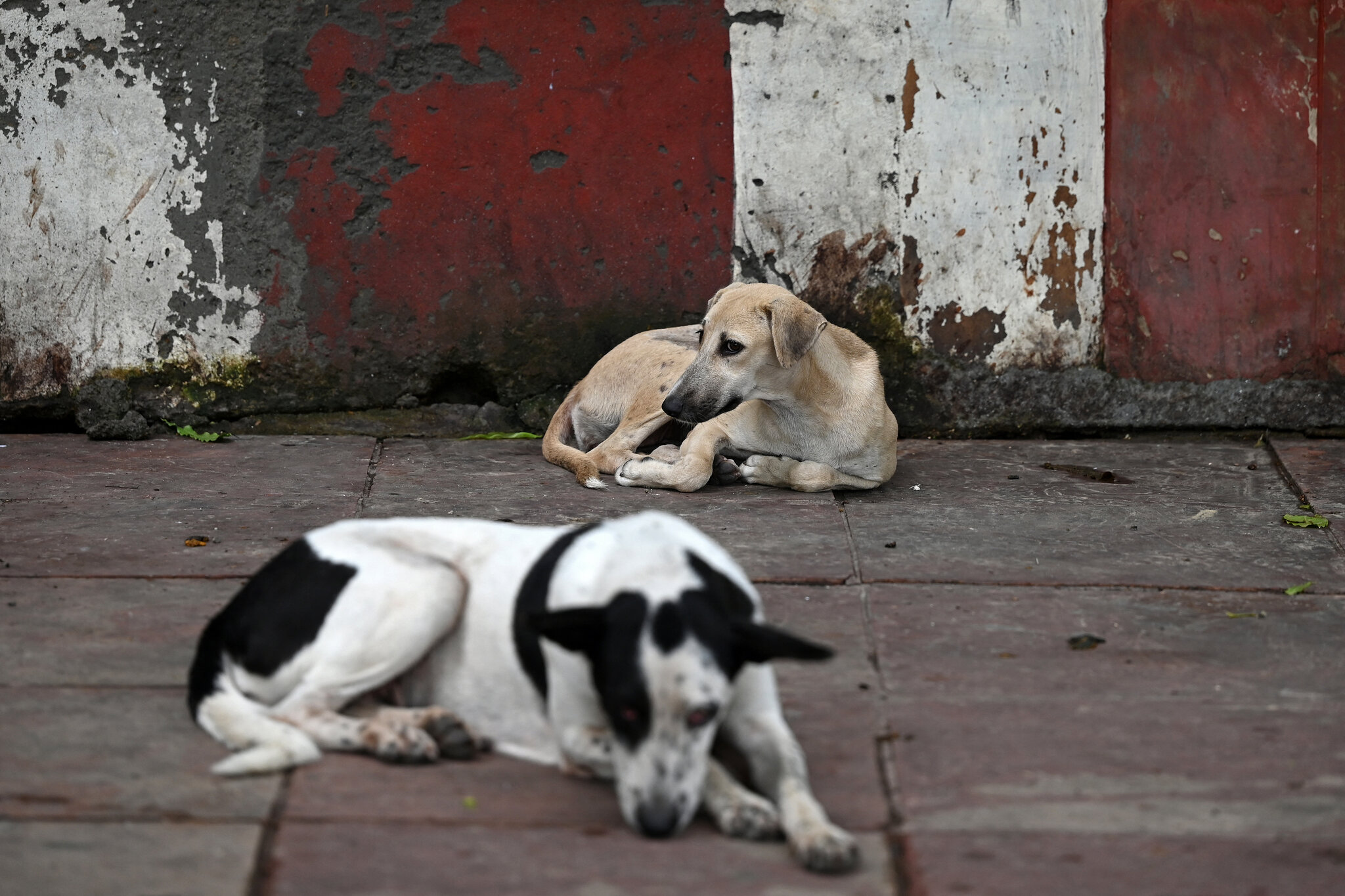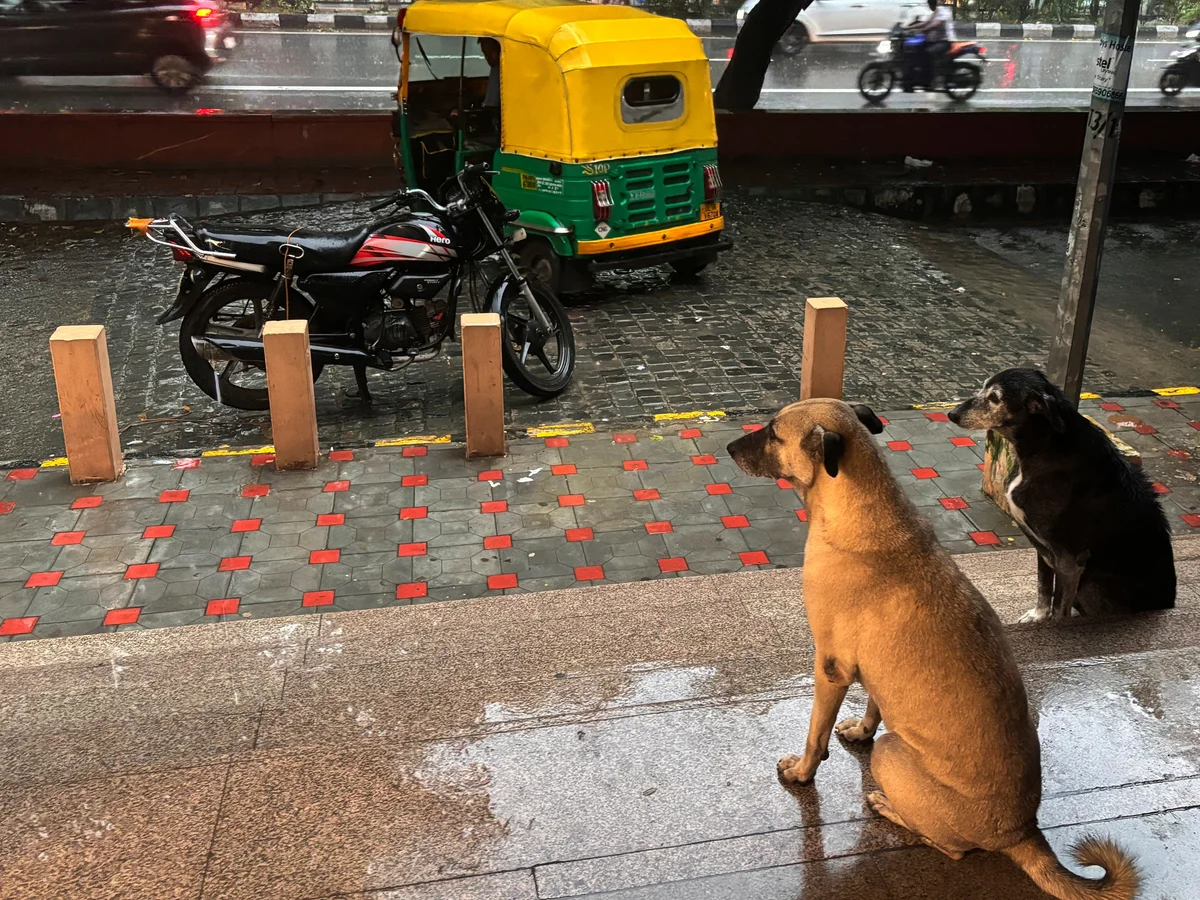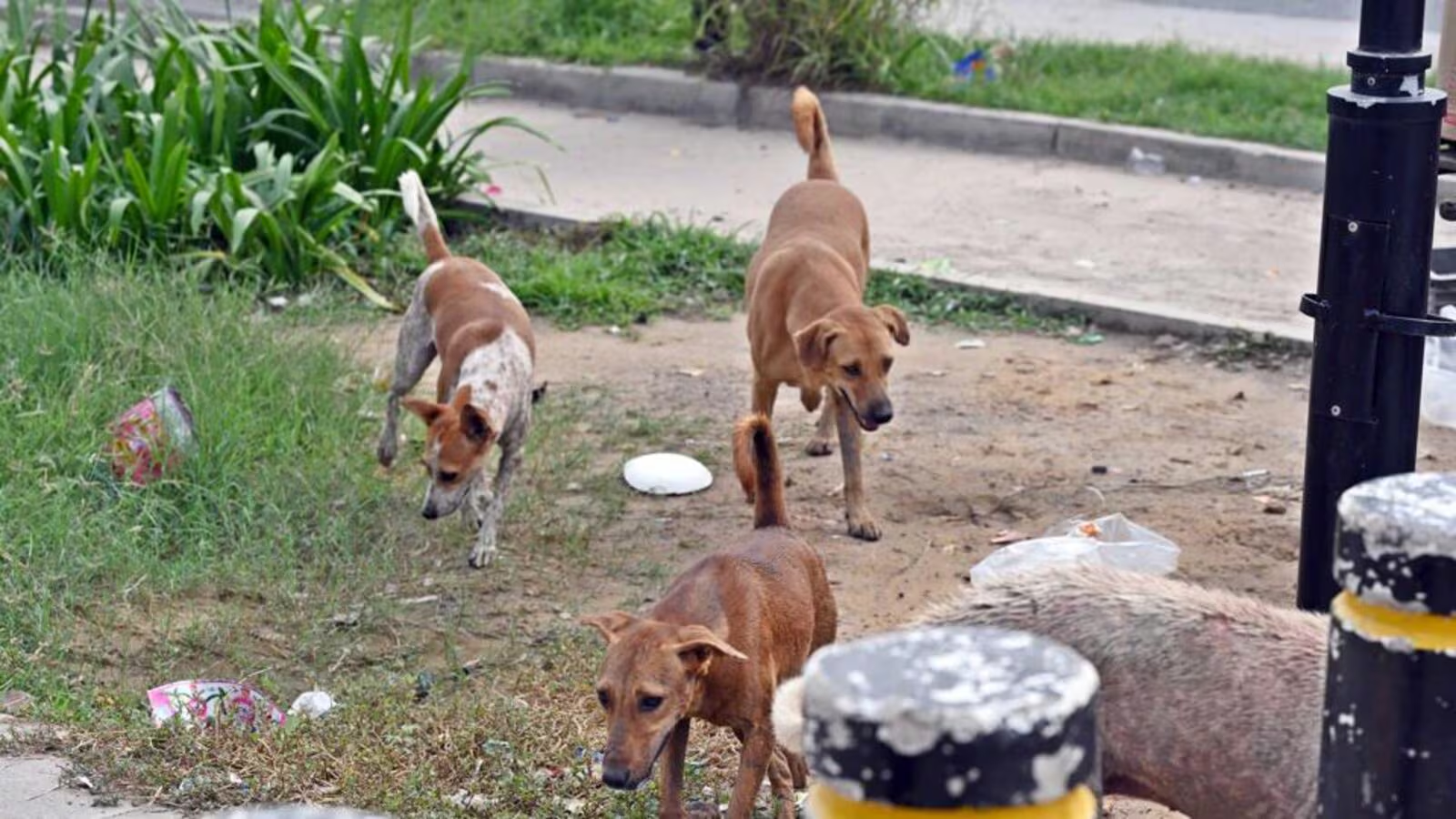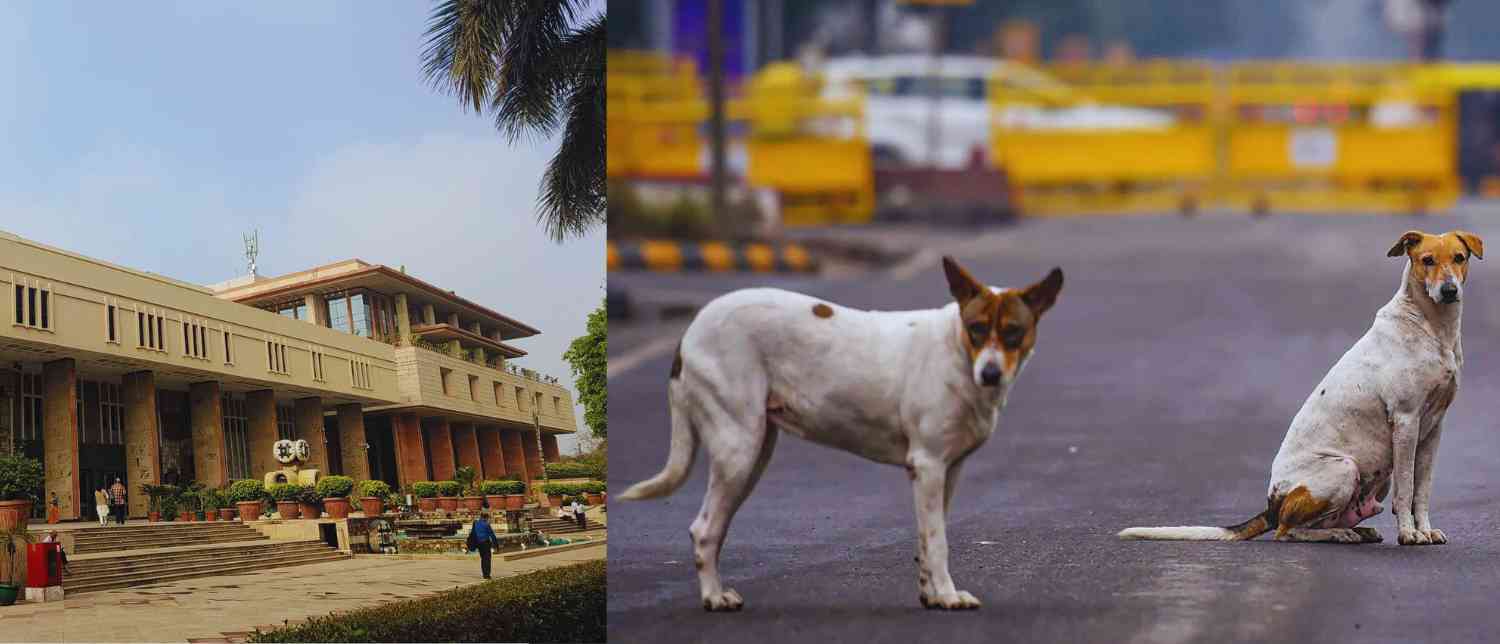The Supreme Court of India recently made a significant order demanding the capture and permanent sheltering of stray dogs across New Delhi and the National Capital Region (NCR). This directive, issued in August 2025, responds to a growing concern about the increasing number of dog bite incidents and the risk of rabies infections, especially among vulnerable populations like children and the elderly.
New Delhi is home to approximately 8 lakh (800,000) stray dogs, according to government and media estimates. Stray dogs in the city have been linked to thousands of bite incidents each year. In fact, between January and June 2025 alone, over 35,000 animal bite cases were reported in Delhi. These events have caused widespread fear, with tragic stories such as a six-year-old girl's death from rabies pushing the issue to the forefront.

The court recognized that current methods for managing the stray dog population, based primarily on capturing dogs, sterilizing and vaccinating them, then releasing them back into the streets, were not adequately reducing conflicts or improving public safety. This approach, known as the Animal Birth Control (ABC) program, is rooted in existing laws but has faced criticism for its limited effectiveness in controlling dog numbers and preventing attacks.
Instead, the Supreme Court ordered civic authorities in Delhi, Noida, Gurugram, and other nearby areas to remove stray dogs from all localities and place them in dedicated shelters within an eight-week timeframe. The order includes directives for the construction of shelters capable of housing thousands of dogs, setting up helplines for reporting dog bites, and ensuring availability of rabies vaccines in government hospitals. Authorities were given flexibility on how to implement the capture operation but were warned to enforce the measures strictly, with penalties for anyone obstructing the process.
Implementing this order poses many practical and ethical challenges. While the goal is to protect public health and safety, animal welfare organizations and activists have raised serious concerns. Critics argue that removing dogs en masse is unscientific, could cause undue suffering, and that there is a lack of sufficient shelter facilities in or near Delhi to accommodate such a large number of dogs.

Currently, many of the city's shelters are run by non-governmental organizations, and some municipal shelters have been found overcrowded and under-resourced. Building new shelters and organizing trained personnel, vehicles, and infrastructure to manage up to hundreds of thousands of dogs within eight weeks is daunting. Protests by animal rights activists have occurred, and some have been detained for opposing the court's order. The activists advocate for better implementation of sterilization and vaccination programs combined with community awareness rather than mass removals.
The stray dog dilemma in New Delhi is part of a larger national issue. India is estimated to have around 1.5 crore (15 million) stray dogs. Managing this population humanely and effectively while balancing public safety concerns is a complex challenge faced by many urban areas.
The recent Supreme Court order attempts to reset the approach, emphasizing that public safety, especially for children, is paramount. The court urged that no sentimental feelings about animals should hinder actions needed to prevent rabies and dog attacks. This has sparked a debate about how best to coexist with stray dogs in rapidly growing cities.
New Delhi's authorities now face the difficult task of implementing this sweeping order amid logistical constraints and public scrutiny. The success of this initiative will hinge on coordination between government bodies, NGOs, animal welfare groups, and the community at large.

This issue highlights the broader conversation needed in India and other countries about urban animal management, public health, and humane treatment of animals. The outcome of Delhi's effort may become a benchmark for future policies balancing the safety and welfare of both people and stray dogs.
In summary, the Supreme Court's directive to capture hundreds of thousands of stray dogs in New Delhi reflects urgent concerns over public health and safety but also raises complex questions about feasibility and animal welfare — a challenge requiring careful, ongoing dialogue and dedicated resources to resolve effectively.
With inputs from agencies
Image Source: Multiple agencies
© Copyright 2025. All Rights Reserved. Powered by Vygr Media.





















